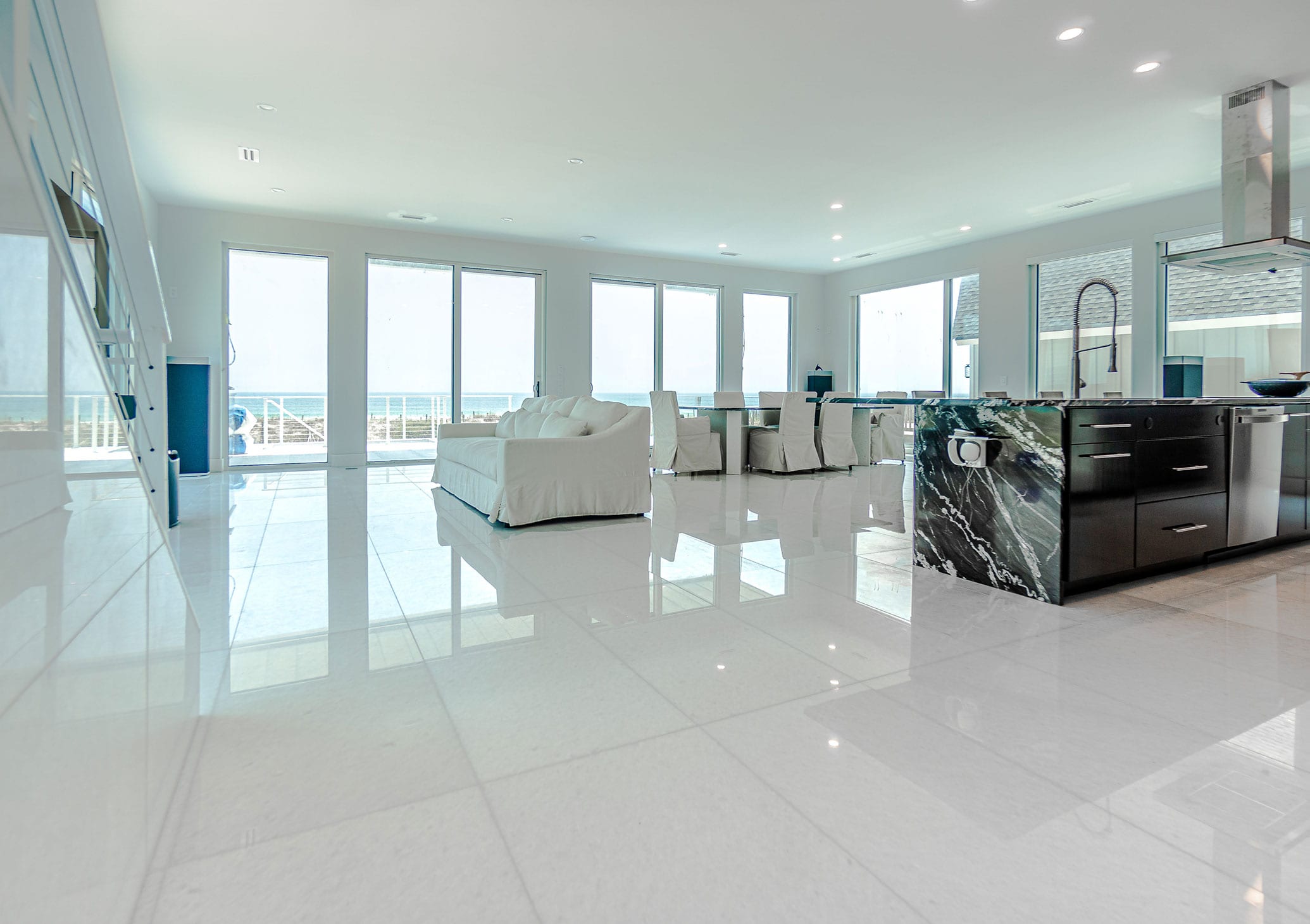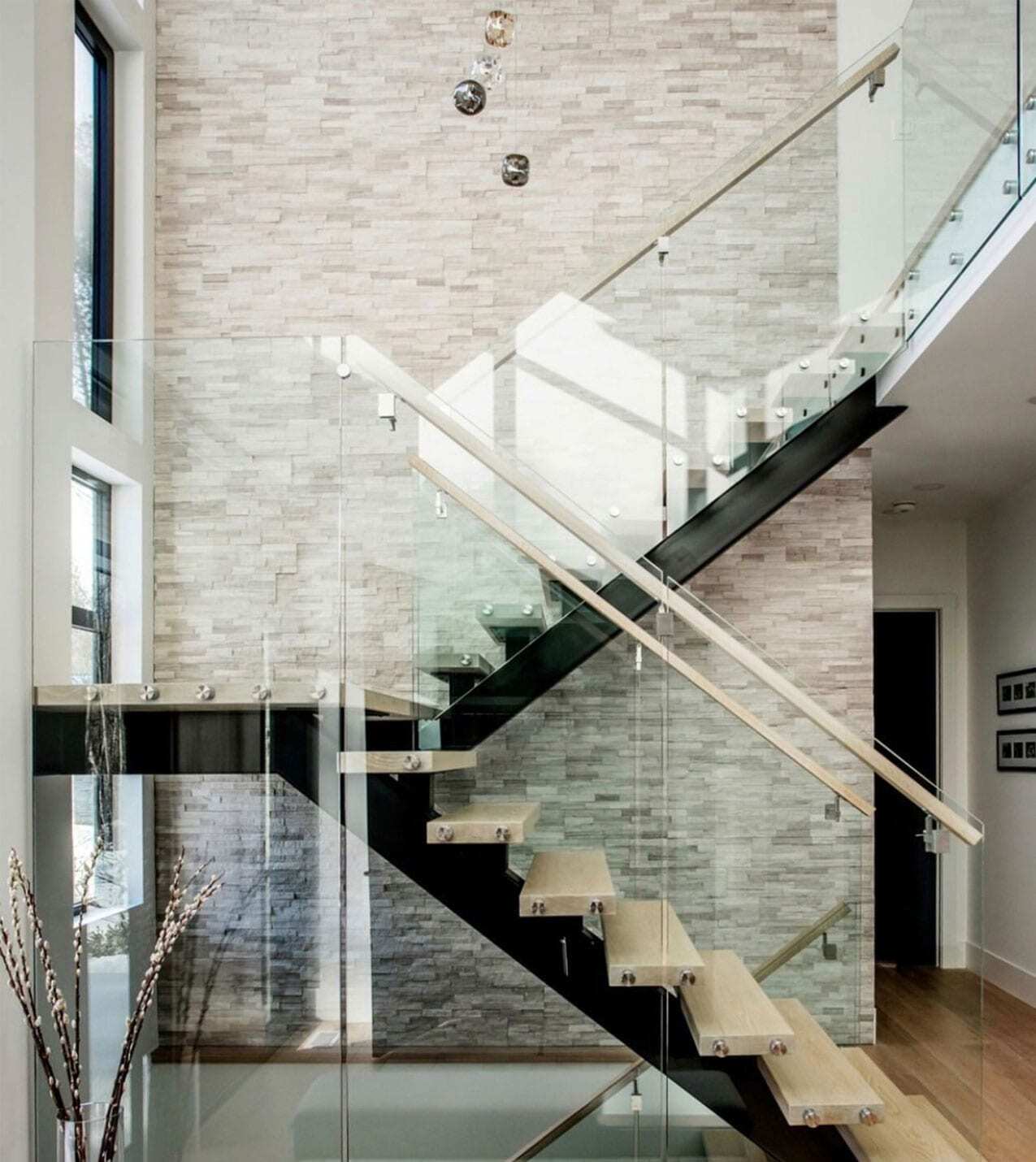Marble is one of the most luxurious of all natural stones, with its beauty, exclusivity and elegancy. Marble is a timeless material available in a variety of colors and veining styles that makes fabulous flooring. Its unique veining combined with amazing colors makes it spectacular any area where it’s installed. Movements on marbles also ensure no two pieces of tiles will ever be the same.
Marble tile is a very popular option for floor and wall of living spaces, kitchens and bathrooms. But customers are often unsure about the suitability of marble in bathrooms.
Marble has porous characteristics. The porous nature of a marble surface allows liquids to be absorbed quickly it cause marble floor looks old and dirty. In order to avoid these issues, needs to properly sealed and maintained.
As a homeowner how to clean marble floors in your own home, keep reading for all the tips you’ll need, from routine care to stain removal.
Stay away from harsh cleaners.
Marble is highly sensitive to anything acidic. Using acidic cleansers such as those containing vinegar on marble floors will create dull spots called etching. Abrasive cleaning materials like scouring powders or creams, dry or soft cleansers, and bathroom, grout, and tub and tile cleaners should be avoided as well. Even a cleaner formulated for granite will be too harsh.
Avoid the use of vinegar, bleach, glass cleaners, ammonia or other so called Multi Surface cleaners.
Its better always test in a small, area before using any of the methods for how to clean marble floors recommended below.
Clean marble floors frequently and keep away from dirt and grit is apparent with a clean dust mop. A good rule of thumb to determine frequency is to dust mop once weekly per person living in the home.
Place mats or rugs around entrances.
These coverings will help limit the amount of abrasive dirt that’s being tracked into your home from outside and damaging marble tile floors.
Use a soapless cleaner with a neutral pH (pH7) if possible, which will minimize streaks left behind. You can also use a mild, dishwashing detergent or stone soap specifically formulated for marble tile floors.
When you start cleaning, first wet the stone’s surface with clean water. You can use a spray bottle to avoid soaking the floor. Then apply the cleaning solution according to the instructions with a soft mop. Rinse the surface afterward with clean water. Do not forget to change out the water with fresh as needed and dry the surface with a soft cloth. Drying the marble floors is an important step after every cleaning or spot treatment.
Some marble contains iron oxide, and water may bring it up to the surface and leave behind rust stains. Most stains that occur in a stone surface can be removed. Knowledge of the correct process, stain specific chemicals and application are very important, and can be the difference between removing the stain and setting it permanently. There is not one chemical to remove all stains.
Treat stains as soon as you notice them.
If you wait longer, the harder it may be to remove them from surface. If something spills on the marble floor, blot it up immediately with a soft cloth, not to spread the stain by wiping or smearing it. Flush the spot with water and mild soap, then rinse with more water.
Depend on the degree of traffic the stone surface gets you can decide how often your marble tile floors will need stone professionally serviced .
As a general rule of thumb, once a year for general maintenance of professional cleaning and sealing will help prevent permanent stains. Full restoration includes Diamond grinding to remove scratches, stains, and etch marks is needed when you see visible issues with your stone, such as etching, wear patterns, scratches, or an uneven finish. In the average home the full restoration process is needed approximately every 3-5 years if the stone is properly maintained.



